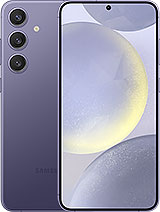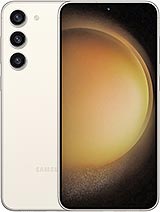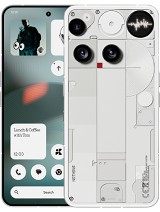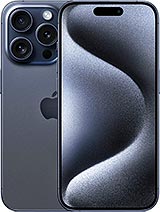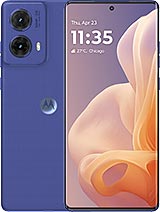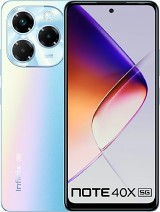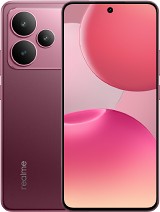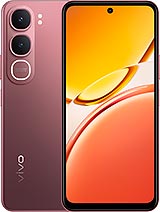Apple iPhone 14 alternatives
Tap above to see alternatives.
vivo Y31 alternatives
Tap above to see alternatives.
Apple iPhone 14

Apple iPhone 14
-
A15 Bionic
5 nm
-
3279 mAh
20W
-
6.1"
1170 x 2532 pixels
-
12 MP
4K@24/25/30/60fps
-
Specs

2x2.2 GHz Cortex-A78
6x1.95 GHz Cortex-A55
6GB 256GB (NVMe)
6GB 512GB (NVMe)
6GB 128GB (eMMC 5.1)
f/1.5, 26mm (wide), 1/1.7", 1.9µm, dual pixel PDAF, sensor-shift OIS
12 MP
f/2.4, 13mm, 120˚ (ultrawide)
f/1.8, (wide), PDAF
0.08 MP
f/3.0
1080p@25/30/60/120/240fps, HDR
f/1.9, 23mm (wide), 1/3.6", PDAF
SL 3D, (depth/biometrics sensor)
f/2.0, (wide)
1080p@25/30/60/120fps
SIM1: Nano, SIM2: eSIM
16 5G bands
n1, n2, n3, n5, n7, n8, n20, n25, n26, n28, n30, n38, n40, n77, n78, n79
8 5G bands
n1, n3, n5, n8, n28, n40, n77, n78
In this performance comparison, the Apple iPhone 14 with its Apple A15 Bionic (5nm) performs better than the vivo Y31 with the Qualcomm Snapdragon 4 Gen 2 (4nm), thanks to superior chipset efficiency.
Apple iPhone 14 offers 7 years of OS updates, whereas vivo Y31 provides 1 years. For security updates, Apple iPhone 14 offers 7 years of support compared to vivo Y31's 1 years.
Apple iPhone 14 features a superior AMOLED display, while vivo Y31 comes with an LCD panel. In terms of smoothness, vivo Y31 offers a higher 120 Hz refresh rate, ensuring fluid scrolling and animations. Apple iPhone 14 also boasts a brighter screen with 1200 nits of peak brightness, enhancing outdoor visibility. Notably, Apple iPhone 14 offers a higher screen resolution, resulting in sharper visuals and more detailed content.
vivo Y31 features a larger 6500 mAh battery, potentially delivering better battery life. vivo Y31 also supports faster wired charging at 44W, compared to 20W on Apple iPhone 14. Apple iPhone 14 supports wireless charging at 15W, while vivo Y31 does not support wireless charging.
vivo Y31 offers better protection against water and dust with an IP69 rating.
- Apple iPhone 14 – Check price here
- vivo Y31 – Check price here
¹ Scores can vary even with the same chipset due to RAM, thermals, and software optimization.

